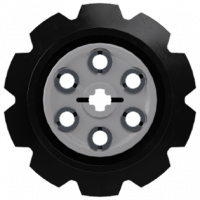
Rendering/Animating Lego Ldraw models with Blender
By
Tommy Styrvoky, in Digital LEGO: Tools, Techniques, and Projects
-
Recently Browsing 0 members
No registered users viewing this page.

By
Tommy Styrvoky, in Digital LEGO: Tools, Techniques, and Projects
No registered users viewing this page.